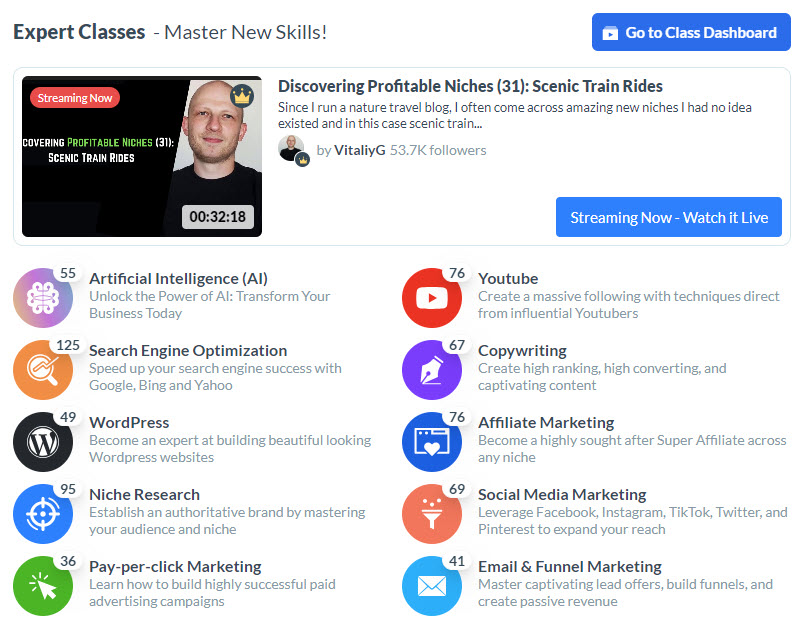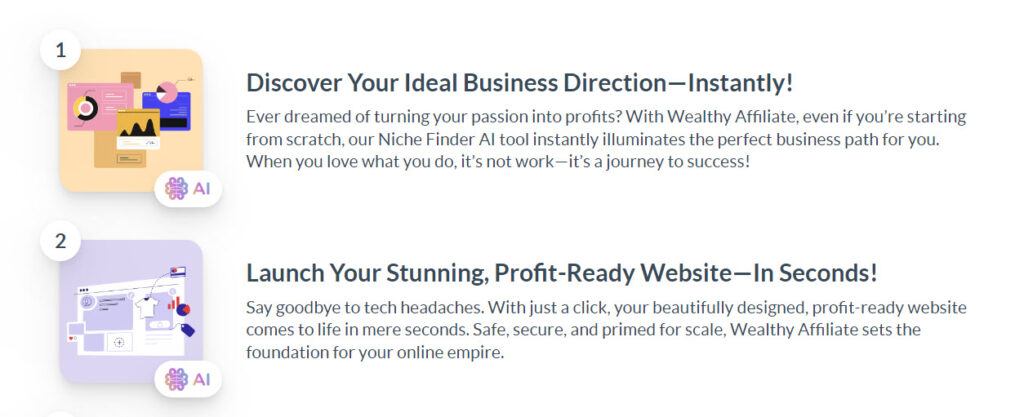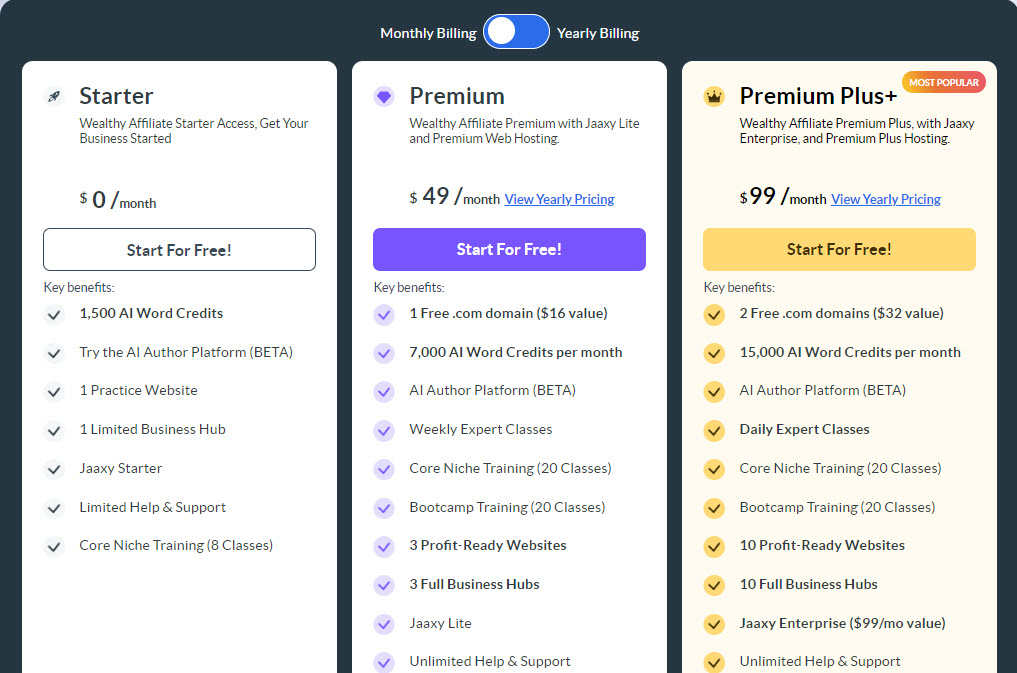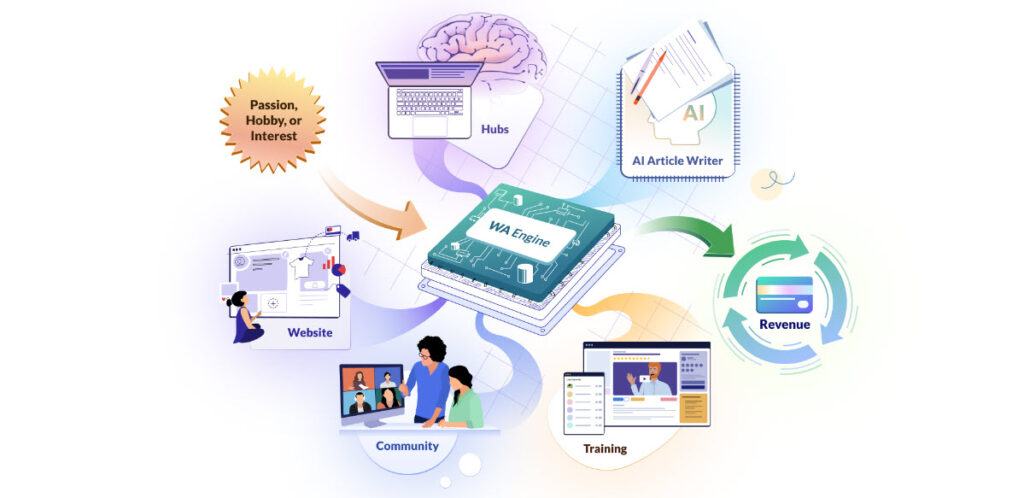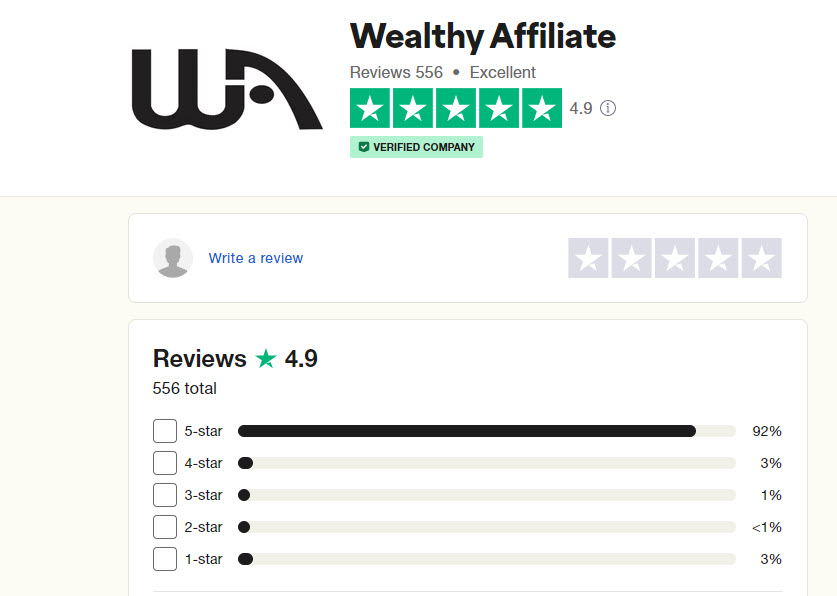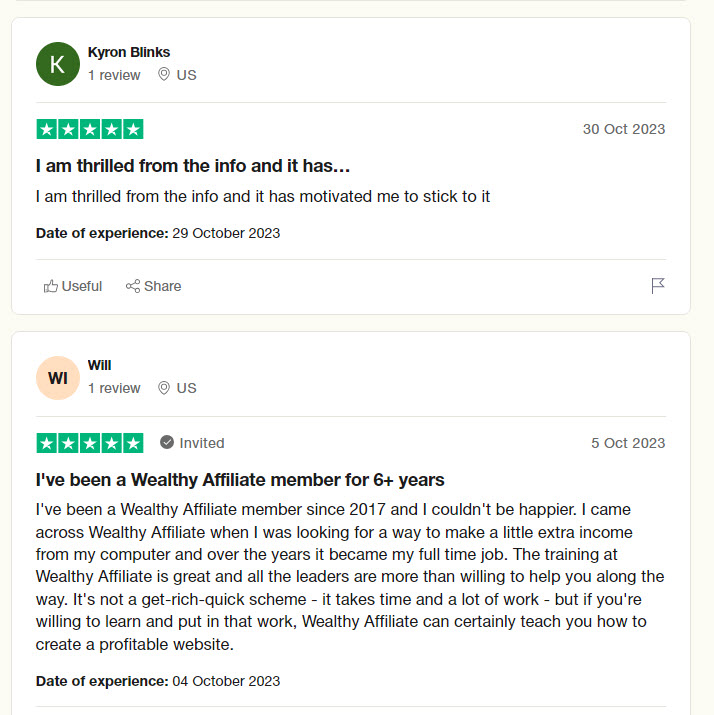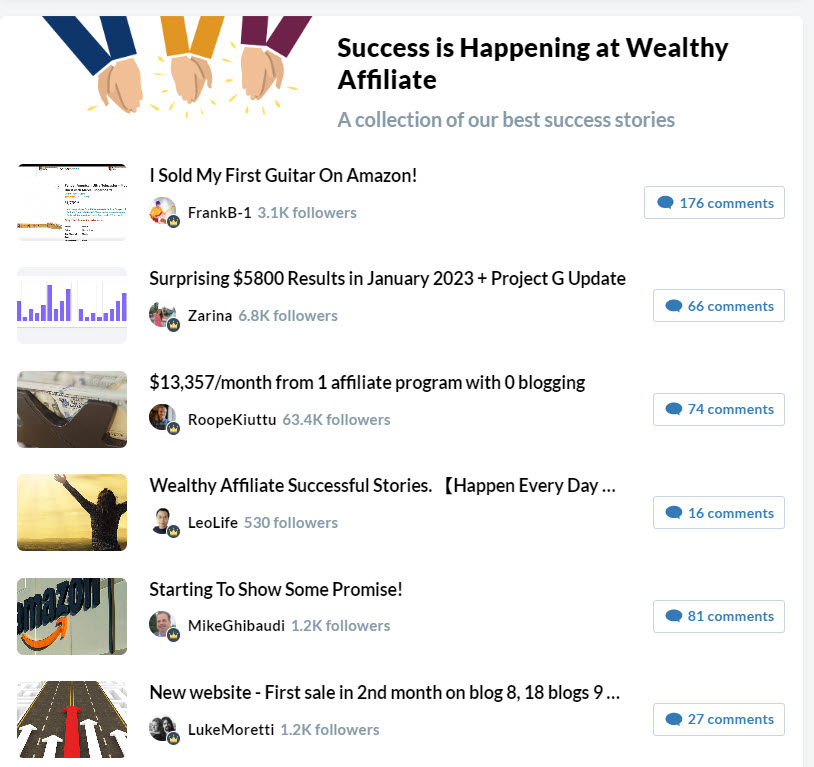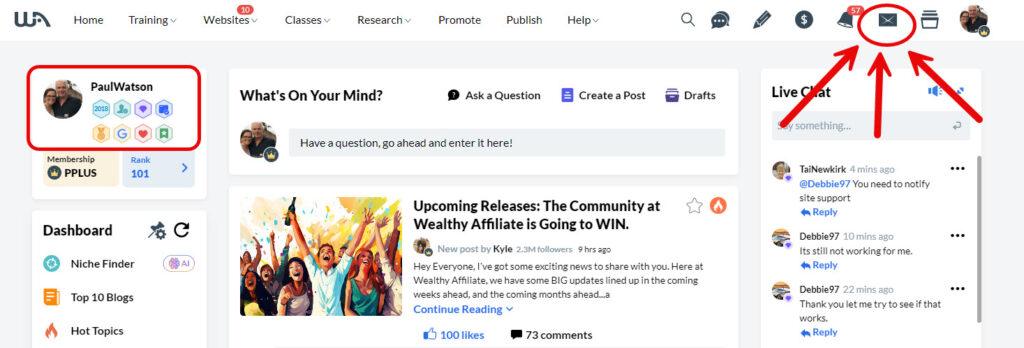Hey there Sea Changers and welcome to my post where we will run through my 10 best on-page optimization techniques for affiliate websites. On-page optimization is the process of modifying the content and structure of your website to make it more appealing to search engines. By focusing on this aspect of SEO, you ensure that your site's content is not only relevant and of high quality but also structured in a way that search engines can easily understand and prioritize in search results.
Effective on-page optimization involves several key techniques, such as improving website loading speed to enhance user experience and integrating internal linking to establish a clear navigation path for both users and search engines. Additionally, the strategic use of keywords within your content, meta descriptions and image alt texts plays a vital role in helping your pages rank for relevant search queries as well.
- Keyword Research
- Content Quality
- Title Tags and Meta Descriptions
- Internal Linking Strategies
- Images and ALT Tags
- URL Structure
- Mobile Responsiveness
- Page Load Speed
- Schema Markup
- Regular Content Updates
That's right! Wealthy Affiliate provided me with all of the tools and training I needed to get this post in front of my audience - a.k.a YOU!
You too can start your very own online business here that can make you money from anywhere in the world!!
On-Page Optimization Techniques for Affiliate Websites
As we have discussed above, mastering the fundamentals of on-page SEO is essential for boosting your affiliate website's visibility and rank. This includes honing in on the right keywords, crafting high-quality content and optimizing your title tags and meta descriptions for maximum impact.
Let's check out the most effective steps below:
1. Keyword Research
Your on-page SEO success begins with Keyword Research. In technical terms, keywords in the context of a website are words or phrases that describe the content of a website or a web page. They are an essential part of search engine optimization (SEO) because they help search engines understand what the site or page is about, which in turn helps those engines index and rank the site/page appropriately for those terms in search results.
Now, the key here is to match the keywords that you have used to describe said website or page to the actual terms that internet users will use to find that content. In most cases, affiliate marketers can use tools such as Ahrefs to dig into these search terms as well as volumes and keyword difficulty. Your goal is to find keywords that are:
- Relevant: Directly related to your content.
- Attainable: Not too competitive for your site’s current authority.
- Valuable: Likely to attract traffic that converts.
The better your keywords, the higher the chance that your page will rank on search engines.
Check out my post: Using Keyword Research for Affiliate Marketing Success
2. Content Quality
This probably should go without saying however then it comes to website SEO, you can use all the good keywords you like but if the Content Quality is not where it should be, you are wasting your time. Now this of course is a very subjective area as what is good for some, is not so much for others meaning that you will not keep everyone happy all the time.
As a baseline however, search engines prefer content that adds value and meets the searcher’s intent. Your content should be:
- Well-Researched: Factual and detailed.
- Engaging: Encourages readers to stay and engage with your material.
- Unique: Offers perspectives or information not found elsewhere.
Moreover, engaging and well-crafted content encourages visitors to spend more time on a website, reducing bounce rates and increasing page views per session. These user interaction signals are important to search engines, as they indicate the content's usefulness and relevance, further influencing the site's SEO performance.
Additionally, high-quality content is more likely to be shared and linked to by other websites, generating backlinks that significantly enhance a site's SEO profile. Backlinks serve as endorsements of content quality, increasing a site's domain authority and improving its ability to rank well.

3. Title Tags and Meta Descriptions
Title Tags and Meta Descriptions serve as your content’s snapshot on search result pages. These are not the actual title of the post (although they really should match) rather the information that is viewed when someone does a search online. They should be:
- Concise: Title tags around 50-60 characters and meta descriptions about 150-160 characters.
- Descriptive: Clearly describe the page content.
- Keyword-Rich: Include your target keyword without stuffing.
The most common method for entering meta title and tags is via SEO plugins. Below is an example from this site (using RankMath).

Once the post starts to rank, then the SERP page will display this information as below:

4. Internal Linking Strategies
In simple terms, Internal linking is where you place a link on one post to another within your website. For example, if I was writing about affiliate marketing I would place a link to another page that naturally matches the subject – like I just did haha.
In terms of on-page optimization, this is a crucial component of SEO for several reasons including:
- Improves Website Navigation – Internal links help users navigate your website more easily, allowing them to find relevant information without effort. This improved navigability enhances the user experience and potentially keeps them on your site for longer, which is a factor search engines consider when ranking sites.
- Distributes Page Authority and Ranking Power – Internal links distribute page authority (also known as link equity) throughout your website. When one page has a high number of external links pointing to it, internal linking can spread some of that page's authority to other pages – known as sharing the SEO wealth across the site.
- Increases Page Views and Reduces Bounce Rate – As above, by providing relevant internal links, you encourage visitors to explore more of your site, leading to increased page views per visit. This deeper engagement not only improves the user experience but also signals to search engines that your site is valuable and informative, potentially reducing your bounce rate and positively impacting your SEO.
- Enhances Content Value and Relevance – Internal linking allows you to point users towards related content, thereby increasing the overall value and relevance of your site's content. This can help establish your site as an authoritative source of information in your niche.
- Helps Search Engines Index Your Site – And perhaps most importantly in terms of SEO, internal links facilitate the job of search engine crawlers in discovering and indexing pages on your site. A well-linked site allows crawlers to easily navigate your content, ensuring that all your pages have a chance to appear in search engine results pages (SERPs).
5. Images and ALT Tags
Images can break up text and make your content more engaging. However, as search engines don't really ‘look at the pictures', they need ALT tags—short descriptions added to the image code—to understand and index them correctly. ALT tags, short for alternative text, are crucial for several reasons.
Firstly, they provide a textual description of images for search engine crawlers, which cannot “see” images the way humans do but can understand the content through these descriptions. This helps in indexing and can improve a site's relevance for specific keywords if those keywords are appropriately included in the ALT text.
Moreover, ALT tags are essential for accessibility, ensuring that users with visual impairments can understand the content through screen readers as well. This inclusivity not only broadens your audience but also aligns with web standards and best practices, which can positively influence your site's search engine rankings.
Additionally, in situations where images cannot be displayed due to loading issues or if a user employs a text-only browser, ALT text provides a context that enhances user experience.
That's right! Wealthy Affiliate provided me with all of the tools and training I needed to get this post in front of my audience - a.k.a YOU!
You too can start your very own online business here that can make you money from anywhere in the world!!
6. URL Structure
A clean and descriptive URL structure aids both users and search engines in understanding what your page is about. Keep your URLs short, include relevant keywords, and avoid unnecessary characters.
Here's an example of a well-optimized URL for an affiliate page on eco-friendly kitchenware: https://www.yoursite.com/eco-friendly-kitchenware.
I mentioned above the use of SEO plugins such as RankMath or Yoast for meta titles etc.. Many of these will also ‘police' your URLS for you to ensure that they not only include keywords (which makes them relevant) but are also of the correct length as well.

7. Mobile Responsiveness
How are you reading this post right now? Well if I look at my stats, I have have 71% chance that you are doing so on a mobile device. This mean that this (and your) website must display and function seamlessly on mobile devices. Since mobile devices account for approximately half of web traffic worldwide, a mobile-friendly design is critical.
This means that the site's layout, images and content can dynamically adjust to fit the screen size and resolution of the device being used to view it. Additionally, with the increasing prevalence of mobile internet usage, search engines like Google have adopted mobile-first indexing, meaning they predominantly use the mobile version of the content for indexing and ranking.
This shift underscores the importance of mobile responsiveness not just for user experience but as a critical factor in SEO. Websites that are not mobile-friendly may experience a decline in their search rankings, leading to reduced visibility and traffic.
Check out my post: Tips for Optimizing Your Affiliate Website For Voice Search
8. Page Load Speed
OMG! Is this something that I have spent some time on over the years. Think about your own behaviors online. How long do you give a page to load before you hit the back button and go elsewhere? I bet it is not long! This means that essentially, a site’s page speed is a key factor in user experience and SEO.
Page speed refers to the amount of time it takes for a webpage to load and become fully interactive for the user. In the context of websites, this can influence various aspects including user satisfaction, bounce rates (where you jump back off because the site took too long to load) and conversion rates (bacuse your readers aren't there long enough to click on your affiliate links.
Faster page speeds lead to a more positive user experience, as visitors are less likely to become frustrated with waiting and more likely to engage with the content, navigate to other parts of the site and complete desired actions like making a purchase or signing up for a newsletter.
The good news is, Google’s PageSpeed Insights can help diagnose any issues allowing you to implement practices such as image compression, browser caching, and minimizing CSS/JavaScript to improve your page speed.

Check out these: Tips for Increasing Page Speed For Affiliate Marketing Websites
9. Schema Markup
You may have noticed that in the Title Tags and Meta Descriptions section above that the SERP page didn't exactly match the Meta Title in the SEO plugin. This is because I have used a Schema markup to try and bet my list into the highlight boxes and list sections of the SERPs via rich snippets.
Schema markup is a code (semantic vocabulary) that you put on your website to help search engines return more informative results for users. It's a form of structured data that communicates to search engines what your data means, not just what it says. This clarity allows search engines to parse and interpret the content of your pages more effectively, enabling them to display more informative results known as rich snippets, which can include elements like star ratings, images, price ranges, and more, directly in the search results.
In the case above, I am using lists to try and attract readers as they can see what affiliate programs are in the list.
The benefits of using schema markup are significant. Websites that use schema markup can rank better in SERPs than those that don't, simply because the structured data helps search engines understand the content more deeply and accurately. Moreover, because rich snippets tend to attract more attention on the search results page, websites using schema markup can experience higher click-through rates, even if they don't rank in the top position.
This makes schema markup an essential SEO tool for any website owner looking to improve their search engine visibility and user engagement.
10. Regular Content Updates
the first nine options above are usually taken care of when you create and publish your post. This last step however take us to on-page behaviors after the fact. To keep your affiliate site fresh and relevant to both visitors and search engines, it's imperative that you regularly update content. This could mean:
Content Quality and Relevance
- Refresh Existing Content: Update your pages with the latest information, statistics and trends. This keeps your content relevant and valuable to users, which search engines favor.
- Add New Content: Regularly adding new articles, blog posts or resources can help attract search engine crawlers and signal that your website is active and providing fresh content.
Keywords
- Keyword Optimization: As market trends and user behaviors change, new keywords may emerge as important to your audience. Regularly research and update your pages to include these relevant keywords, ensuring they're naturally integrated into your content.
- Long-tail Keywords: Incorporate long-tail keywords into your content updates. These are more specific phrases that can attract a more targeted audience and face less competition in search rankings. Plugins such as QueryHunter can assist here.
Meta Tags
- Meta Titles and Descriptions: Review and update your meta titles and descriptions to ensure they are compelling and include relevant keywords. This can improve click-through rates from search engine results pages.
Images and Multimedia
- Alt Text: Ensure all images and multimedia elements have updated and descriptive ALT text that includes relevant keywords. This improves accessibility and helps search engines understand the content of the images.
- Update Images: Refreshing images and multimedia content can also enhance user engagement and provide an opportunity to update ALT text for SEO. Especially if you are reviewing products that have been updated or changed.
Internal Links
- Review Internal Linking: Regularly update internal links within your content to ensure they point to relevant and high-quality pages. This improves site navigation and helps distribute page authority throughout your site.
Technical SEO
- Page Speed: Continuously monitor and improve your page loading times. This can involve optimizing images, minifying CSS and JavaScript files, and leveraging browser caching.
- Mobile Responsiveness: Ensure your site remains fully responsive and functional on all devices, as mobile-friendliness is a critical ranking factor.
Outdated Information and Broken Links
- Remove or Update Outdated Content: Information that is no longer accurate or relevant should be updated or removed to maintain the credibility of your site.
- Fix Broken Links: Regularly check for and fix broken links within your content. Broken links can harm your site's SEO and user experience.
Regular updates across these areas can help maintain and improve your website's SEO performance, ensuring it continues to rank well in search engine results and attract a relevant audience. Tools like Google Analytics, Google Search Console, and various SEO platforms can provide insights into where updates and improvements can be most beneficial.
FAQs
What is on-page SEO and why is it important?
On-page SEO refers to the practice of optimizing individual web pages to rank higher in search engine results and attract more relevant traffic. This involves both the content and the HTML source code of a page, including elements like titles, meta descriptions, header tags, images, and, importantly, the content itself. On-page SEO is crucial because it helps search engines understand your website and its content, as well as identify whether it is relevant to a searcher's query.
How can I optimize my website's content for on-page SEO?
Optimizing your website's content for on-page SEO involves several key strategies to make your pages more attractive to search engines and users alike. First, ensure that your content is high-quality, informative, and answers the questions your target audience is asking. Use relevant keywords naturally throughout your text and make your content easy to read by breaking it up with headings, subheadings, and short paragraphs. Incorporate internal links to other pages on your website to help search engines crawl your site more effectively and don't forget to optimize your images by using descriptive file names and alt text.
Conclusion
And there it is – 10 best on-page optimization techniques for affiliate websites this year. I hope it has been helpful and as usual, please do not hesitate to comment below if you have any questions, need some advice or have any experiences to share.
Do you want further assistance with any of the above or need help to build your own affiliate website or identifying on-page optimization opportunities?
Are you looking for a comprehensive training platform that can give you step by step training, 24/7 support, tools to develop and host your very own website, ongoing assistance with SEO and social media and access to some of the best online marketing minds on the planet, then click on the following link to read more about Wealthy Affiliate.
Until next time
Have fun
Paul
Note: If you make a purchase from this page, there is a very good chance that I make a commission from it – these commissions do not increase your sale price. This may include sales made via Wealthy Affiliate.






